Hiroshi Sankoh
A Fast Free-viewpoint Video Synthesis Algorithm for Sports Scenes
Mar 28, 2019

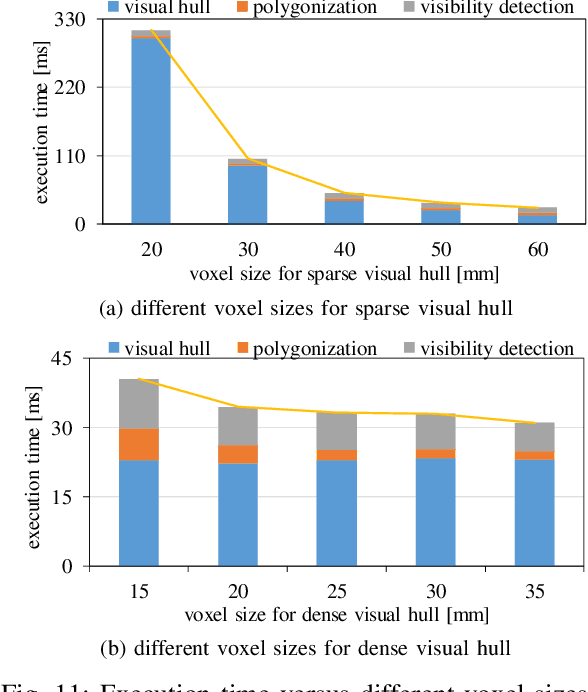
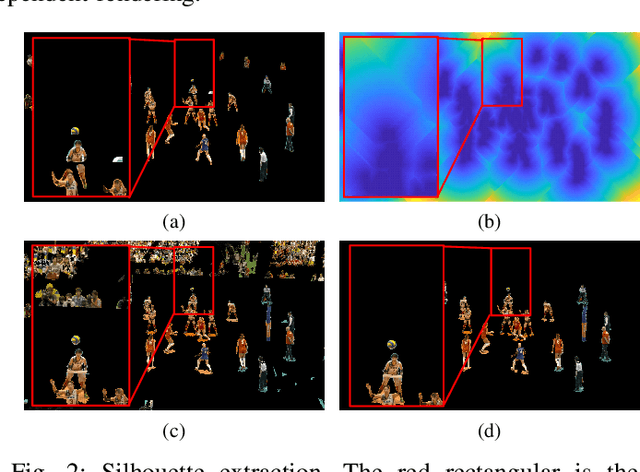
Abstract:In this paper, we report on a parallel freeviewpoint video synthesis algorithm that can efficiently reconstruct a high-quality 3D scene representation of sports scenes. The proposed method focuses on a scene that is captured by multiple synchronized cameras featuring wide-baselines. The following strategies are introduced to accelerate the production of a free-viewpoint video taking the improvement of visual quality into account: (1) a sparse point cloud is reconstructed using a volumetric visual hull approach, and an exact 3D ROI is found for each object using an efficient connected components labeling algorithm. Next, the reconstruction of a dense point cloud is accelerated by implementing visual hull only in the ROIs; (2) an accurate polyhedral surface mesh is built by estimating the exact intersections between grid cells and the visual hull; (3) the appearance of the reconstructed presentation is reproduced in a view-dependent manner that respectively renders the non-occluded and occluded region with the nearest camera and its neighboring cameras. The production for volleyball and judo sequences demonstrates the effectiveness of our method in terms of both execution time and visual quality.
Efficient Parallel Connected Components Labeling with a Coarse-to-fine Strategy
Jan 26, 2018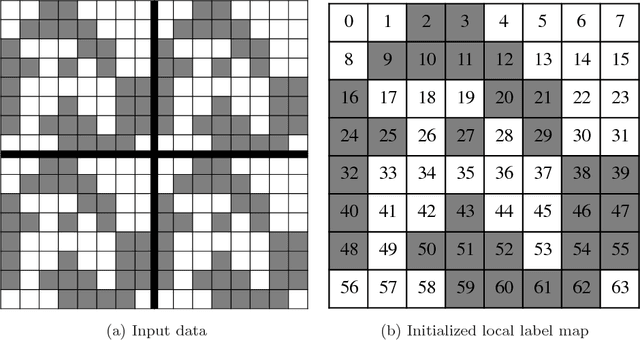
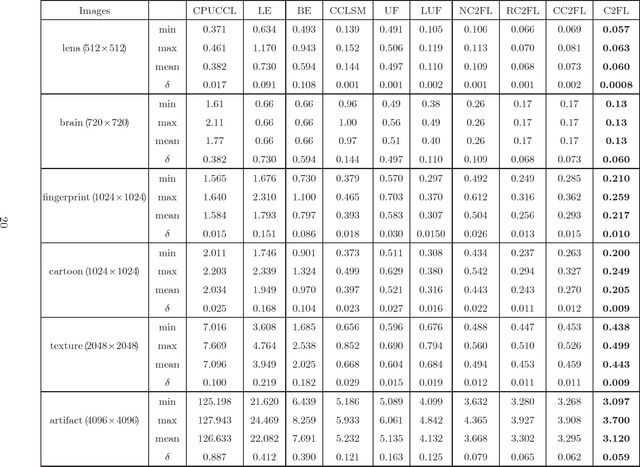
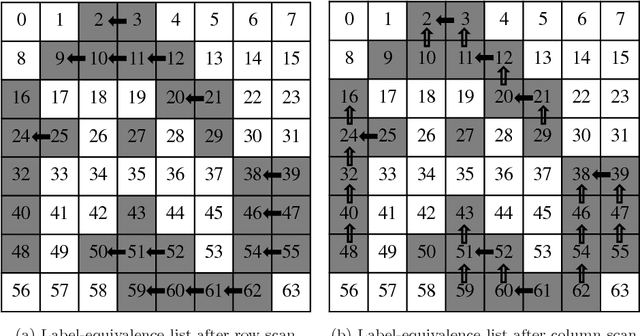
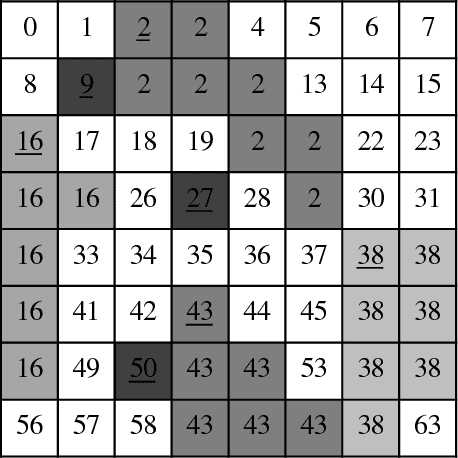
Abstract:This paper proposes a new parallel approach to solve connected components on a 2D binary image implemented with CUDA. We employ the following strategies to accelerate neighborhood exploration after dividing an input image into independent blocks. In the local labeling stage, a coarse-labeling algorithm, including row-column connection and label-equivalence list unification, is applied first to sort out the mess of an initialized local label map; a refinement algorithm is then introduced to merge separated sub-regions from a single component. In the block merge stage, we scan the pixels located on the boundary of each block instead of solving the connectivity of all the pixels. With the proposed method, the length of label-equivalence lists is compressed, and the number of memory accesses is reduced. Thus, the efficiency of connected components labeling is improved. Experimental results show that our method outperforms the other approaches between $29\%$ and $80\%$ on average.
An Optimized Union-Find Algorithm for Connected Components Labeling Using GPUs
Aug 29, 2017



Abstract:In this paper, we report an optimized union-find (UF) algorithm that can label the connected components on a 2D image efficiently by employing the GPU architecture. The proposed method contains three phases: UF-based local merge, boundary analysis, and link. The coarse labeling in local merge reduces the number atomic operations, while the boundary analysis only manages the pixels on the boundary of each block. Evaluation results showed that the proposed algorithm speed up the average running time by more than 1.3X.
 Add to Chrome
Add to Chrome Add to Firefox
Add to Firefox Add to Edge
Add to Edge